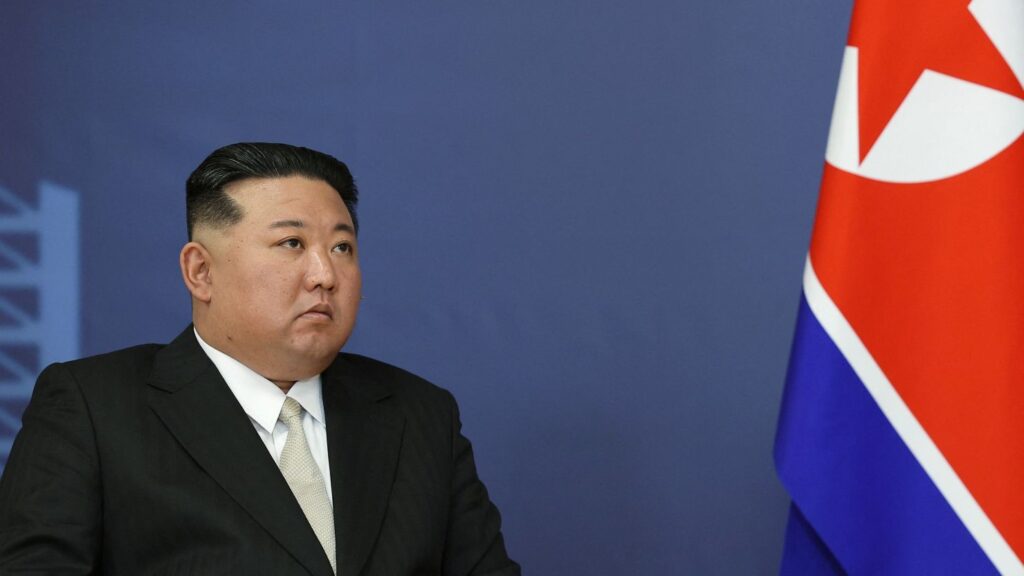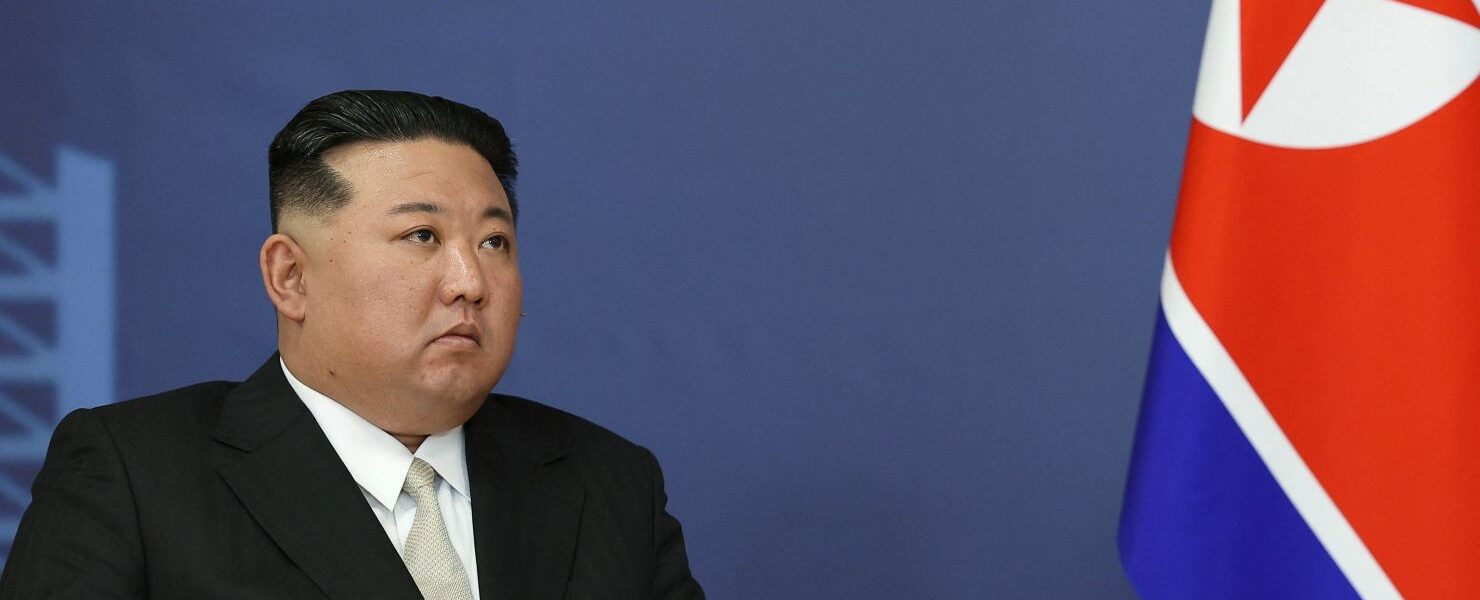North Korea’s Missile Tests: Rising Tensions and Global Implications

North Korea’s ongoing missile tests are increasingly concerning, heightening security risks in East Asia and challenging international stability. Each launch demonstrates North Korea’s advancements in missile technology and commitment to strengthening its military. This escalation raises critical questions about regional security and the prospects for diplomatic intervention. This article will explore North Korea’s missile program, its motivations, international reactions, and potential paths forward.
The Development of North Korea’s Missile Program
North Korea’s missile development began in the 1990s as part of its self-defense strategy. Since then, the nation has expanded its arsenal from short-range missiles to advanced intercontinental ballistic missiles (ICBMs). North Korea’s leadership, under Kim Jong Un, views these missile capabilities as crucial for deterrence against perceived threats from countries like the United States and its allies, South Korea and Japan.
Key Milestones in North Korea’s Missile Program
- Goals: North Korea’s missile program serves as a symbol of its self-defense and military strength.
- Progress: The country’s missile development has grown significantly, with critical tests in 2006, 2009, 2012, and 2017 showing increasing sophistication.
- Current Capabilities: Recent ICBM tests suggest a potential reach that could threaten parts of the U.S., signaling a new level of global military reach.
Highlights of the Latest Missile Tests
In its latest launches, North Korea demonstrated technological advancements such as solid-fuel technology, which allows for faster launch times and increased mobility. Solid-fuel missiles are particularly challenging to intercept due to their readiness and mobility. Experts estimate that North Korea’s newest missiles could travel over 10,000 kilometers, furthering the reach of its military capabilities and underscoring the urgent need for international response.
Technical Aspects of Recent Tests
- Extended Range: New ICBMs could reach parts of the U.S., marking a significant advancement.
- Enhanced Mobility: Solid-fuel technology reduces the preparation time, making these missiles harder to detect and intercept.
- Potential Nuclear Capability: Though it’s uncertain if these missiles carry nuclear warheads, the possibility significantly elevates the threat.
Implications for Regional and Global Security
North Korea’s missile program has significant regional and international implications. For neighboring countries like South Korea and Japan, these missiles pose a direct security risk, leading to heightened defense measures and cooperation with the United States. For the U.S., North Korea’s advancements represent a threat not only to its allies but potentially to its own territory, intensifying the need for strategic response.
Regional Reactions
- South Korea and Japan: Both nations have strengthened their defense systems, conducting joint military exercises with the U.S. and enhancing missile defense.
- The United States: The Biden administration has committed to protecting its allies, warning North Korea against further escalations.
Global Response and Sanctions
The United Nations and the international community have responded with sanctions aimed at limiting North Korea’s access to resources for missile development. Although these sanctions target the country’s economy, North Korea continues its missile tests despite economic constraints, indicating the limited impact of sanctions as a deterrent.
Motivations Behind North Korea’s Missile Program
North Korea’s commitment to missile testing stems from both internal and external motivations. Domestically, these tests reinforce the regime’s authority and unify its citizens under the guise of defense and technological progress. Internationally, North Korea’s missile capabilities provide it with bargaining power in diplomatic negotiations, particularly with the United States.
Core Motivations
- National Defense: North Korea views its missiles as a critical deterrent to foreign intervention.
- Diplomatic Leverage: Missile capabilities give North Korea leverage in negotiations for sanctions relief and international concessions.
- Domestic Unity: Missile tests are celebrated domestically as symbols of strength, consolidating support for the regime.
The Influence of China and Russia
China and Russia, North Korea’s traditional allies, occupy a complex role in this scenario. Both nations have supported sanctions but often act as buffers against harsher measures, preferring diplomatic solutions. Their support is calculated; both China and Russia value stability in East Asia but are also wary of the U.S. presence in the region.
- China: China has backed sanctions but maintains limited economic engagement, aiming for stability on its borders.
- Russia: Russia advocates for peace talks, balancing its interests in countering U.S. influence without endorsing North Korea’s military ambitions.
Diplomatic Pathways and the Road Ahead
Efforts to engage North Korea diplomatically have been challenging. While there have been some breakthroughs, including summits between the U.S. and North Korea, progress remains limited. Nonetheless, diplomacy remains critical to managing tensions and pursuing regional stability.
Potential Diplomatic Approaches
- Multilateral Talks: Resuming discussions with North Korea could help establish a framework to address its missile program.
- Sanctions Relief for Cooperation: Easing sanctions could incentivize North Korea to pause missile development.
- Security Assurances: Providing North Korea with security guarantees might reduce its reliance on missile-based deterrence.
Conclusion
North Korea’s missile tests continue to challenge regional and global stability, intensifying the need for effective responses. Balancing diplomatic pressure with engagement strategies will be crucial in addressing this escalating issue. As the international community closely monitors developments, the path forward demands careful consideration of both immediate security and long-term peace solutions.




